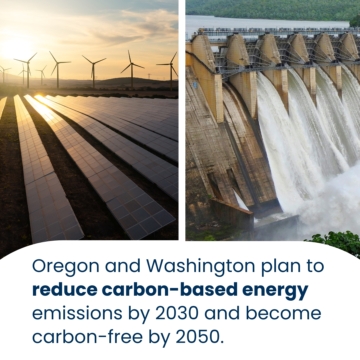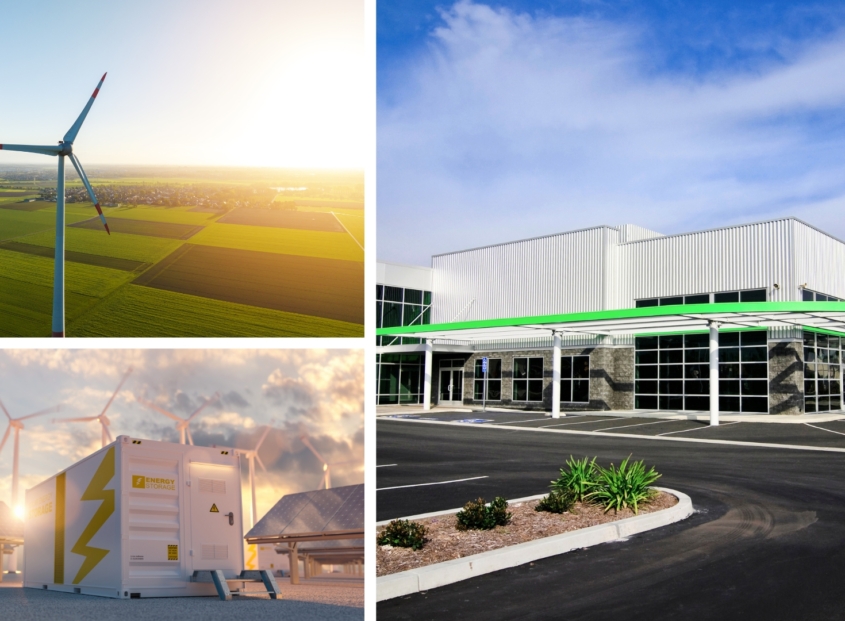Electrical Contracting Trends: What to Expect in the Next 5 Years
The next five years promise to be a transformative era for the electrical contracting industry. With the construction sector seeing growth—projected at 4–5% in 2025—and renewable energy adoption reaching new highs, contractors are entering a period of innovation and expansion.
3 Top Trends Shaping the Electrical Contracting Industry
As construction activity continues across key sectors, the demand for electrical expertise will increase. Electrical professionals must stay ahead of trends to lead and thrive in a rapidly changing market. Learn more about what’s on the horizon and how to prepare for upcoming opportunities.
1) Renewable Energy
The adoption of carbon-neutral energy is surging, fueled by state initiatives and energy independence. The Building-Integrated Photovoltaics (BIPV) market is projected to more than double, reaching $58 billion by 2029. Oregon and Washington plan to reduce carbon-based energy emissions by 2030 and become carbon-free by 2050. To meet those goals, solar, wind, and other clean energy sources are being implemented in residential, commercial, and industrial projects. This presents an opportunity for firms that expand into renewable energy services, tapping into a growing client base and strengthening their long-term market position.
What to Expect:
- More projects will involve solar panel installations, BIPV systems, and EV charging infrastructure. Contractors should be prepared for increased involvement in planning, integrating, and maintaining these systems.
- Demonstrating expertise in clean energy is becoming essential as clients turn to electrical professionals for installation, performance guidance, and assistance with energy incentives.
2) Energy Storage & Microgrids
Overall energy demand is predicted to increase by 236% by 2050. As a result, interest in energy independence and the demand for advanced storage are skyrocketing. Battery Energy Storage System (BESS) installations are expected to expand, and the microgrid market is on track for a 16.37% CAGR from 2025 to 2033.
What to Expect:
- Contractors will increasingly be tasked with integrating solar-plus-storage systems, wiring for energy independence, and setting up infrastructure for microgrids and virtual power plants.
- Developers and property owners look to energy solutions that increase reliability, especially during outages. These clients want systems that store power, balance loads, and reduce utility costs.
3) Electrification & Smart Building Design
From lighting to appliances and vehicles, everything is going electric, including building design. The movement toward all-electric, connected buildings is reshaping how contractors approach new construction and retrofits in the Pacific Northwest. With smart building technologies helping reduce energy costs and meet carbon-neutral regulations, the shift is financially and environmentally driven.
What to Expect:
- Electrical crews will be installing intelligent systems for lighting and security—often connected to centralized automation platforms. IoT integration is becoming a common client requirement.
- Property owners want customization, automation, and control.
Discover NECA-IBEW Local 48
For over a century, the NECA–IBEW Local 48 partnership has focused on advancing Oregon and Washington’s electrical sector. Visit our membership page to learn more.
SIGN UP FOR OUR NEWSLETTER



